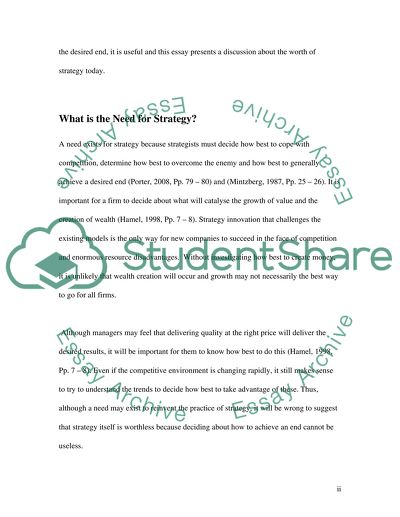Cite this document
(“Is it right to suggest that Strategies are not worth the Paper they Essay”, n.d.)
Retrieved from https://studentshare.org/environmental-studies/1408004-is-it-right-to-suggest-that-strategies-are-not-worth-the-paper-they-are-written-on
Retrieved from https://studentshare.org/environmental-studies/1408004-is-it-right-to-suggest-that-strategies-are-not-worth-the-paper-they-are-written-on
(Is It Right to Suggest That Strategies Are Not Worth the Paper They Essay)
https://studentshare.org/environmental-studies/1408004-is-it-right-to-suggest-that-strategies-are-not-worth-the-paper-they-are-written-on.
https://studentshare.org/environmental-studies/1408004-is-it-right-to-suggest-that-strategies-are-not-worth-the-paper-they-are-written-on.
“Is It Right to Suggest That Strategies Are Not Worth the Paper They Essay”, n.d. https://studentshare.org/environmental-studies/1408004-is-it-right-to-suggest-that-strategies-are-not-worth-the-paper-they-are-written-on.


